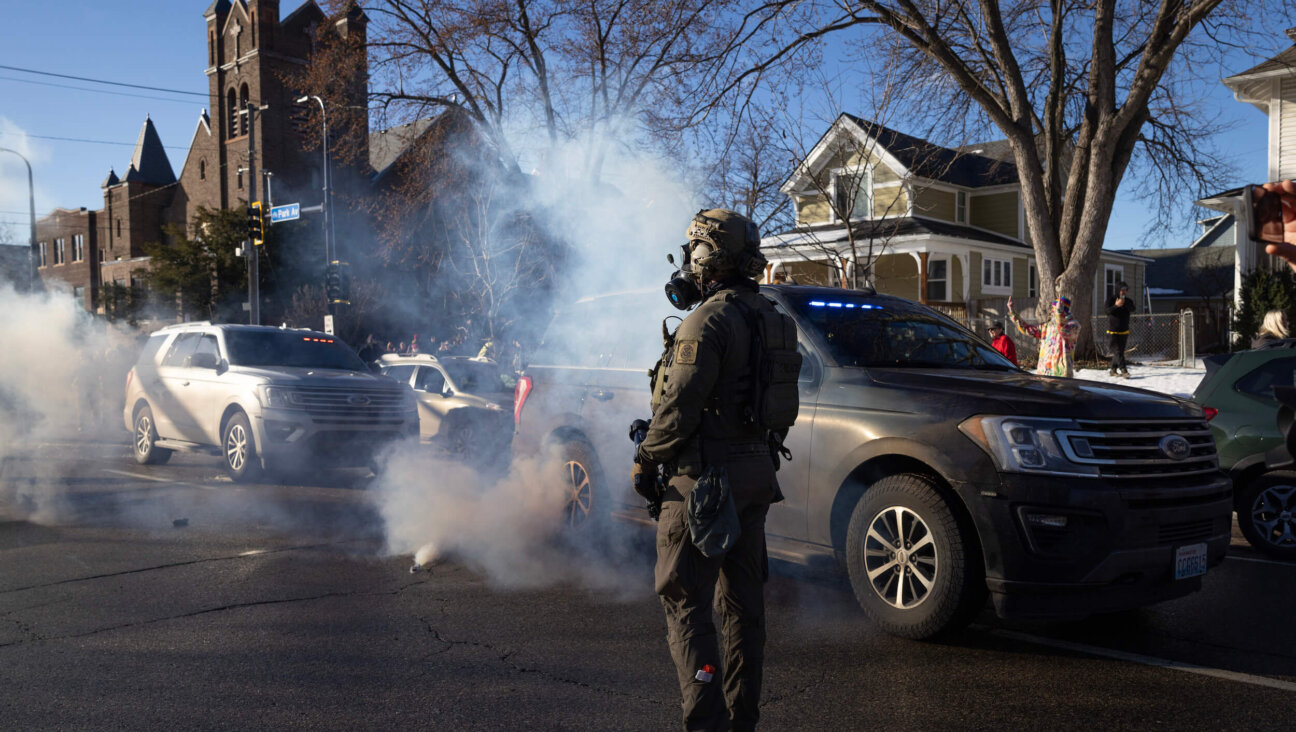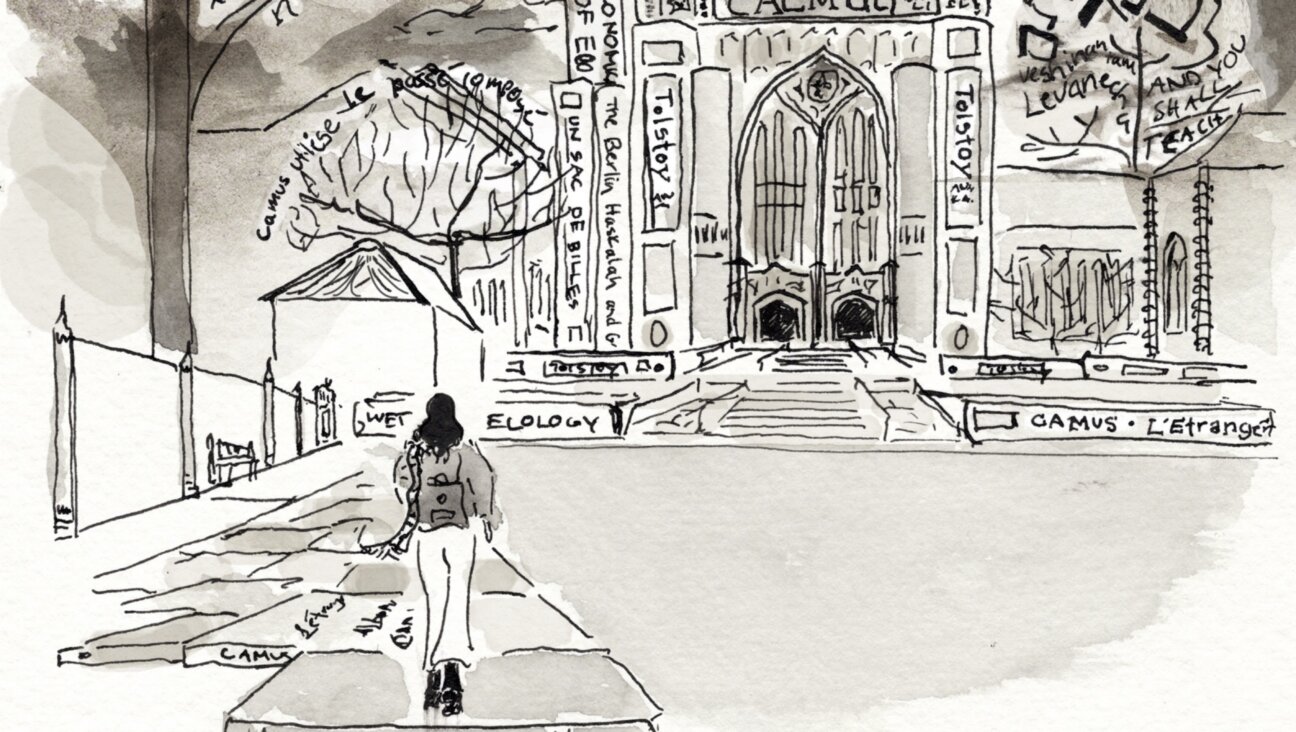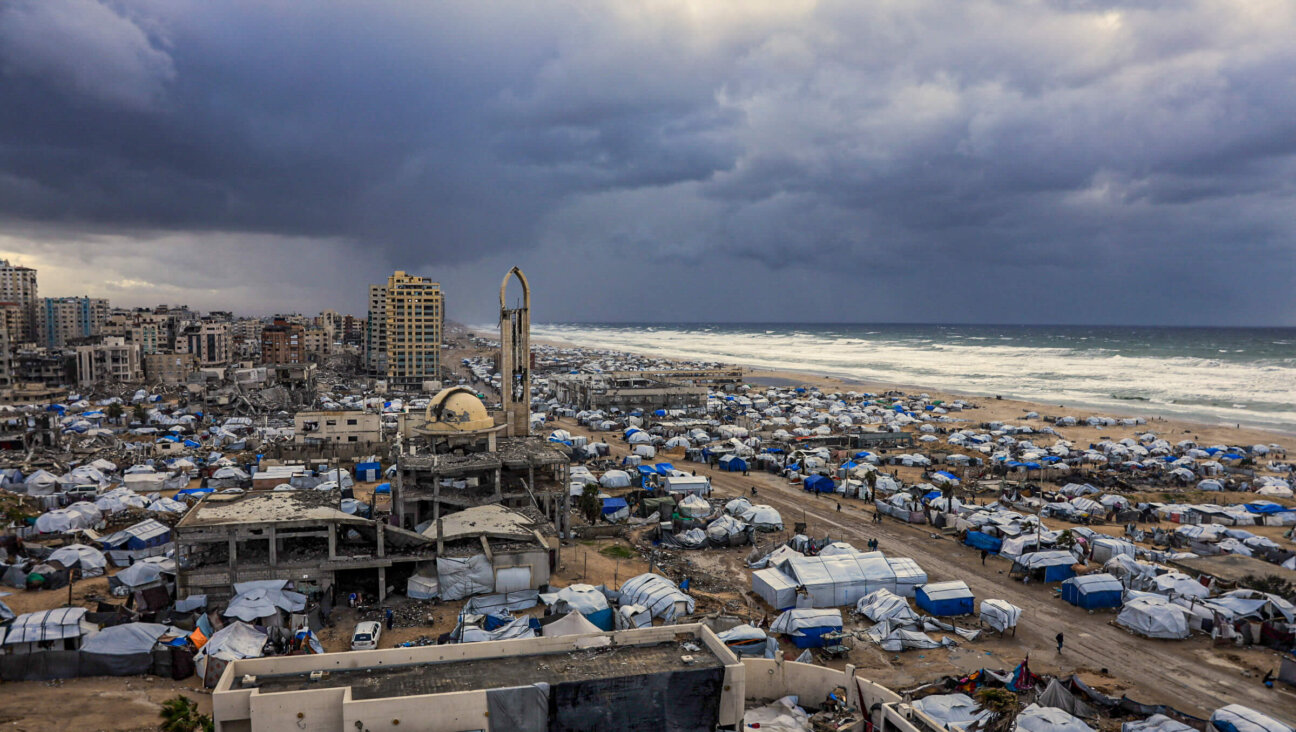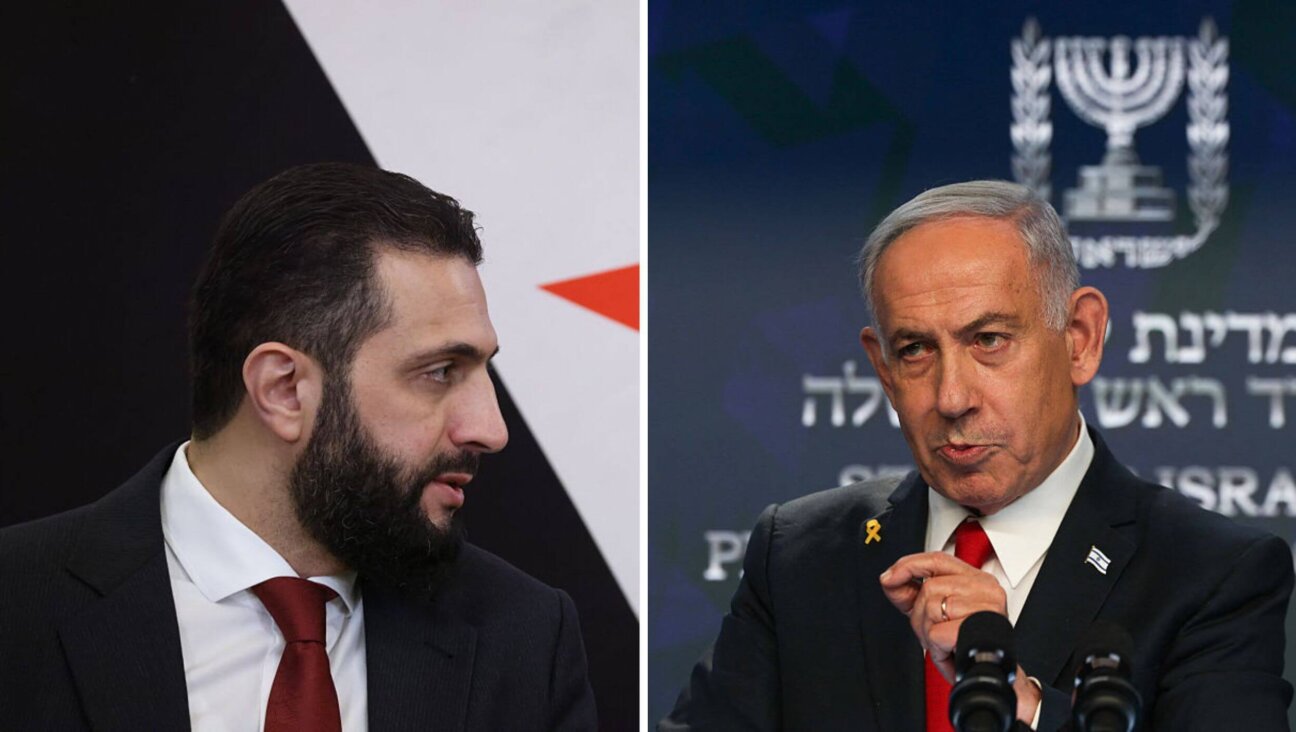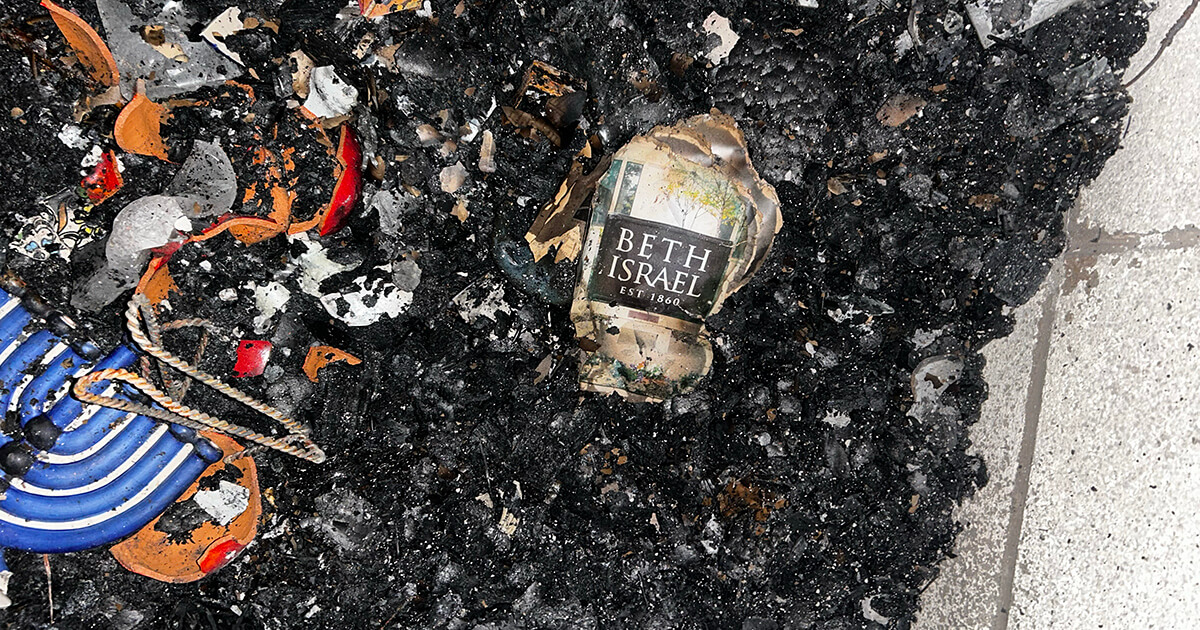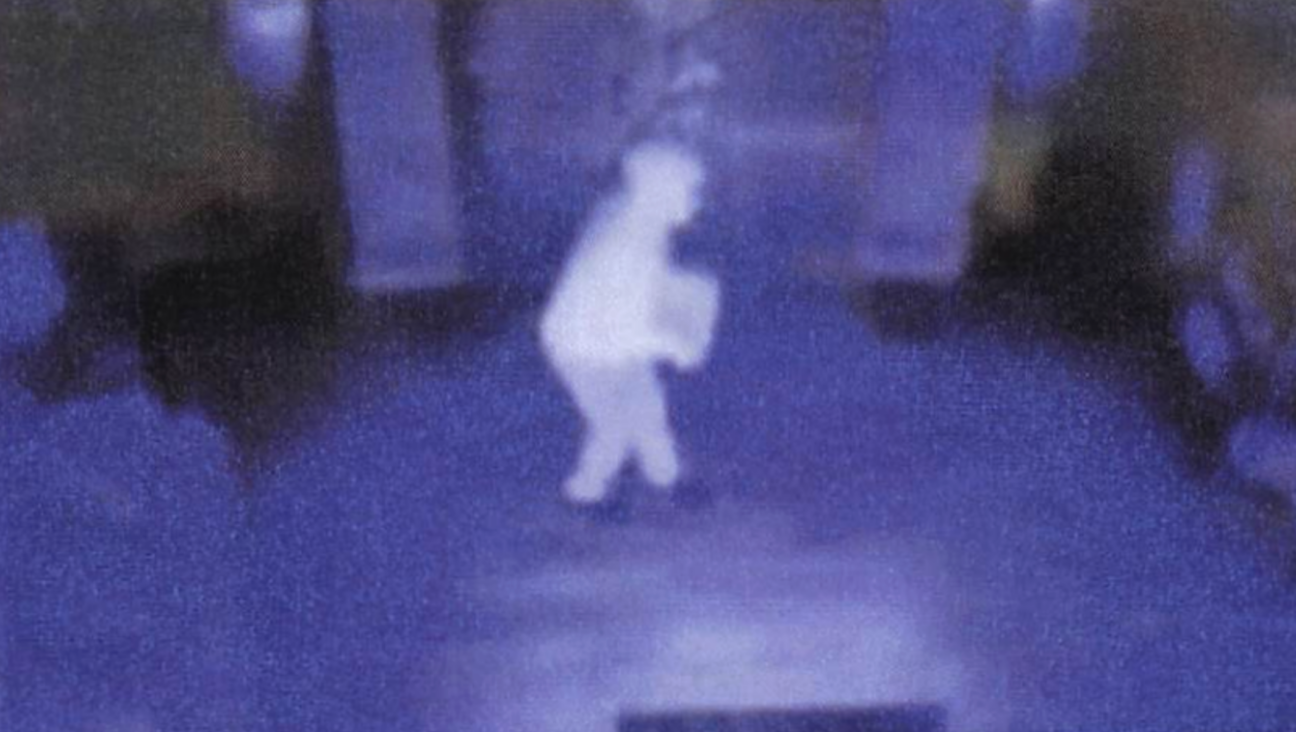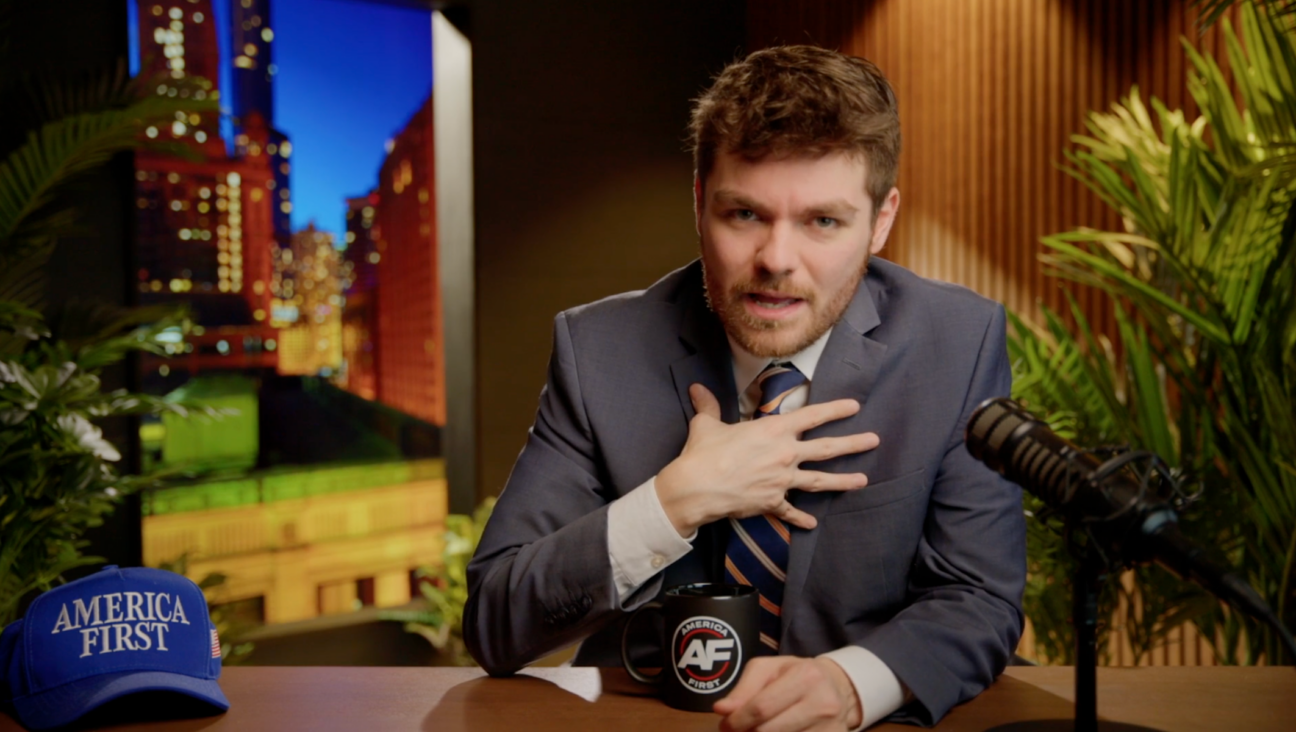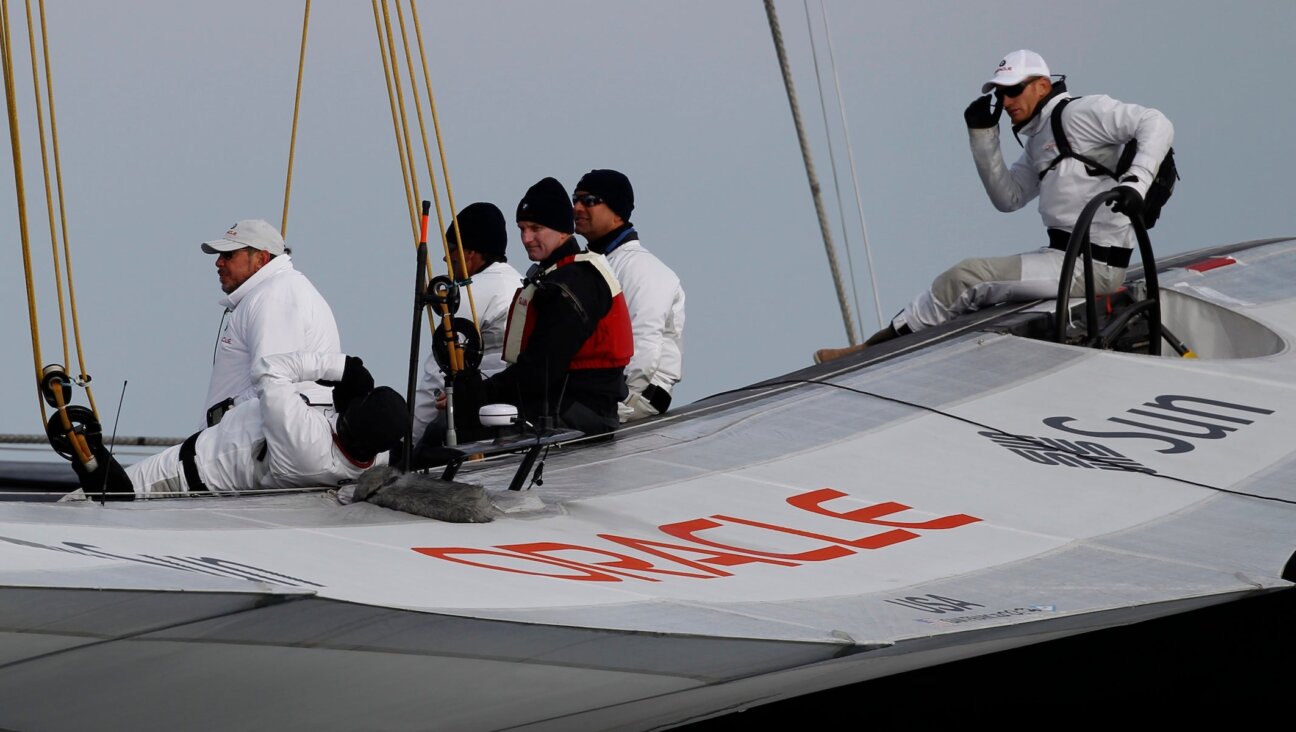I teach Holocaust studies, like Tim Walz. Here’s what we can learn from his approach
The vice presidential candidate’s master’s thesis, asking whether the lessons of the Holocaust are universal or particular, raised questions that are familiar to educators today, writes a Chicago-area high school teacher

High school students tour the Holocaust Museum LA in Los Angeles, Oct. 26, 2022. (Gary Coronado / Los Angeles Times via Getty Images)
(JTA) — In the fall of 2018, Oak Park and River Forest High School — where I had taught history for a dozen years — experienced a spate of antisemitic hate crimes. Swastikas seemed ubiquitous on campus, located in the Chicago suburbs. That November, just weeks after the attack at the Tree of Life Synagogue in Pittsburgh, a student airdropped a swastika onto a thousand phones at an assembly.
It was not the first time we had dealt with these issues. In the 1980s, a longtime custodian at the school was revealed to have been a Nazi camp guard, and the community — and faculty — rallied to his defense. Other issues, and more swastikas, had come and gone as well. In response, I developed a semester-long Holocaust Studies course, which began in August 2020.
On the first day of class, a curious student asked, “Are we going to learn about other genocides?” Another quickly followed up, “Why Holocaust Studies, and not Genocide Studies?”
It is a great question, and one that has occupied scholars in the field for decades. Incredibly, it is also one that occupied the presumptive Democratic nominee for vice president.
When Tim Walz began his teaching career, years before he became Minnesota’s governor, Holocaust education was still relatively new. The initial efforts to bring the Holocaust to public schools in the late 1970s met with significant opposition. The German-American Committee of Greater New York demanded the curriculum be scrapped because there was “no proof” that the Holocaust had happened. Others complained about a potential for “anti-German prejudice.” And M.T. Mehdi, the president of the American-Arab Relations Council, dismissed Holocaust education as “an attempt by the Zionists” to spread “their evil propaganda.” Some parents simply did not want their children exposed to Nazi horrors. But Walz, a young teacher in Nebraska, developed a passion for the subject and was in the inaugural class of teacher fellows brought in to train at the United States Holocaust Memorial Museum.
Over the next few years, the Holocaust became a more common topic in American classrooms. But, watching horrors unfold in Rwanda and Kosovo, Walz grew concerned about the efficacy of that instruction and wondered if teachers should broaden their approach.
In academic settings, too, scholars were increasingly debating whether the Holocaust was “unique,” or should by understood in the context of other genocides. That discourse is more important in the academy than the high school classroom, where these topics might only occupy a two-week unit. Instead, our choice often boils down to a common tension: breadth, or depth?
Breadth, which Walz came to favor, exposes students to a wider range of historical atrocities, allowing them to recognize patterns across genocides. This exposure is key to arming students with tools to make “never again” a reality. On the other hand, Holocaust scholar Lucy Dawidowicz worried that a broader approach risked flattening Nazi antisemitism into more imprecise frameworks — generalized notions of peer pressure, conformity, or discrimination. If students only scratched the surface of complicated historical events, they might misunderstand historical complexities.
When Walz returned to graduate school, he wrote about the subject that had animated much of his teaching career. His 2001 master’s thesis, “Improving Human Rights and Genocide Studies in the American High School Classroom,” worried that Holocaust education was “not leading to increased knowledge of the causes of genocide in all parts of the world.” Walz wrote that students were seeing the Holocaust as inevitable, not preventable. Nazis were portrayed simplistically as “evil,” and Jews one-dimensionally as victims. There was not enough focus on the “social context of anti-Semitism,” he argued, or on Jewish resistance. He wanted to “expand the lessons of the Holocaust to other incidents of human rights violations.”
His lessons seem to have worked: Back in 1993, his students, analyzing preconditions for genocide, selected Rwanda as being at significant risk. Months later, their concerns were terrifyingly validated.
In part, my decision to focus squarely on the Holocaust was particular to my circumstances. The course was, after all, designed as a response to a series of antisemitic incidents. But it was mostly a decision about depth. Having an entire semester course on one historical subject meant an opportunity for students to gain a level of expertise that is uncommon in secondary education — an expertise in antisemitism, the fragility of democracy, and the intricacies of the Holocaust.
My Holocaust Studies class began with a unit on other genocides. With our proverbial camera zoomed out, we studied the stages of genocide, and students worked in small groups to see how they manifested in a variety of 20th-century atrocities. They needed to know that genocides predated the Holocaust, and continued after, and to gain a sense of the larger structures of genocide. We called the unit, “Never Again?”
But then, we got to dive deep. Instead of having a more typical two weeks on the Holocaust, we could spend two weeks learning the intricacies of antisemitism, another two weeks examining Jewish life before the war, and two more weeks looking at the conditions in the Weimar Republic out of which the Nazis rose to power. We spent two more weeks analyzing Allied responses to Nazi aggression, and examining refugee policies around the world. We did not just talk about “6 million” and “Auschwitz,” but analyzed how the Nazi program of mass murder operated differently across time and location. We studied the impact of liberation on Allied soldiers, and examined life in displaced persons camps. We even had two weeks to simulate a Nazi-hunting investigation — like the one that ensnared our former custodian — beginning with a list of SS guards from Dachau, and a 1975 Chicago phone book.
The larger discourse over how to teach Holocaust and genocide studies remains a challenge in high schools. Teachers face difficult choices about what to include, knowing that the deeper they dive on one subject, the more they have to cut from another. Despite a significant increase in educational mandates and curricular materials, recent surveys portend a bleak level of ignorance about the Holocaust, especially among younger generations. And in a moment fraught with concerns about antisemitism, these curricular decisions feel uniquely important. If nothing else, it is striking that a potential vice president of the United States used to wake up in the morning thinking about these same questions.
The views and opinions expressed in this article are those of the author and do not necessarily reflect the views of JTA or its parent company, 70 Faces Media.

